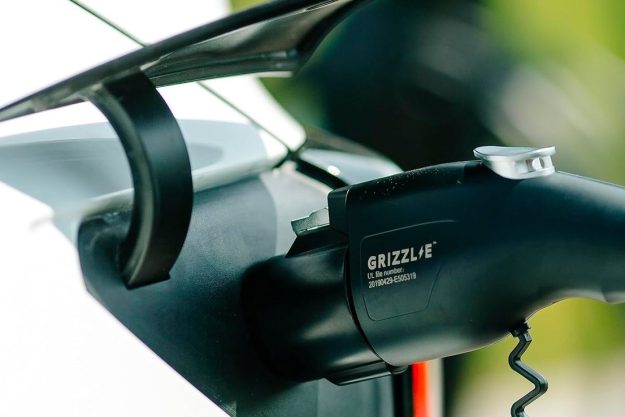Think of cars that can go 200 mph, and things like Ferraris, Lamborghinis, and Dodge Hellcats come to mind. But one Volkswagen Beetle can run with all of them.
This modified Beetle recently hit 205.122 mph over a flying mile at the Bonneville Salt Flats in Utah. Known as the Beetle LSR (for Land Speed Record, of course), it reached that speed in the hands of Automobile Magazine contributing editor Preston Lerner. Volkswagen says this is the fastest speed ever recorded by a Beetle, and that seems likely.
This is no ordinary Beetle. The powertrain was modified by California-based THR Manufacturing to produce more horsepower, while adhering to rules for the Southern California Timing Association G/BGC class the car ran in. It produces 543 horsepower and 421 pound-feet of torque at the wheels. In comparison, the most potent stock Beetle only makes 210 hp and 207 lb-ft.
Read more: Meet the 2017 Volkswagen #PinkBeetle
That massive power increase comes courtesy of new turbochargers, pistons, camshafts, connecting rods, and a modified cylinder head for the 2.0-liter, four-cylinder engine, which is based on the TSI unit from a stock Beetle. Other changes included lowered suspension, Bonneville-specific tires and wheels with aerodynamic smooth covers, and a limited-slip differential. The interior was also gutted and fitted with safety equipment like a roll cage and fire suppression system. Braking was aided by parachutes.
Most people probably think of the Beetle as more cute than sporty, but Bonneville isn’t the only racing venue the current-generation car has appeared at. VW also races Beetles in the Global Rallycross Championship, although they’re much more heavily modified than even the Beetle LSR. Rallycross Beetles boast similar power to the LSR, but also feature an all-wheel drive system that allows them to reach 60 mph from a standstill in 2.1 seconds.
It’s just too bad that nothing from any of these high-performance Beetles to the production models. A Beetle R would be pretty sweet.
Editors' Recommendations
- Can a vintage Volkswagen Bus be quick and silent? You bet, if it’s electric
- Volkswagen found something fun to do with its Atlas Cross Sport family hauler
- Official VW electric conversion updates the classic Beetle
- The electric Volkswagen ID Buggy makes even Ferrari drivers stop and stare
- End of an icon: The last Volkswagen Beetle rolls off the production line


